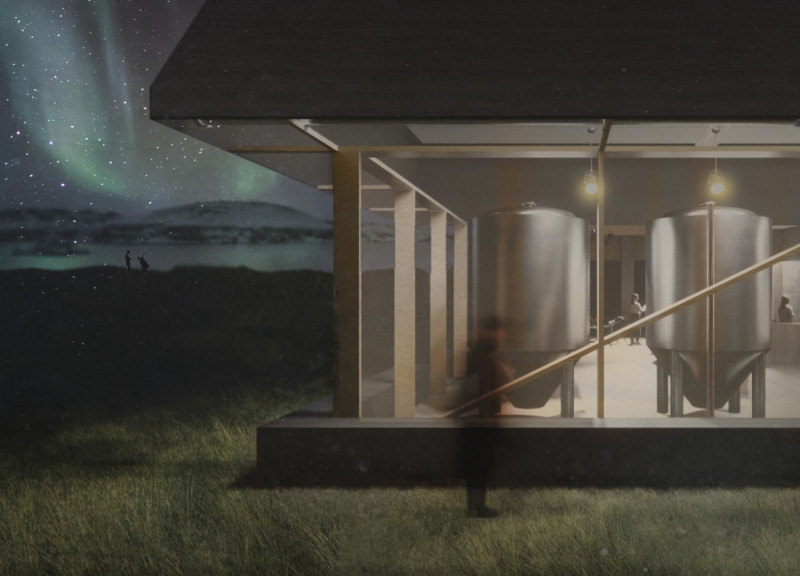5 key facts about this project
This project is primarily designed to accommodate [insert primary function, e.g., residential, educational, commercial], exemplifying a careful balance between aesthetic appeal and practical use. The structure facilitates a range of activities, with spaces that promote interaction while also providing areas for privacy, all tailored to enhance the overall user experience. The architecture showcases an intentional layout, drawing on principles of space optimization, where the flow between areas is fluid, allowing users to navigate effortlessly throughout the building.
One of the important aspects of this architectural project is its materiality. The use of reinforced concrete for structural components ensures durability and strength, while large glass panels create a sense of openness, inviting natural light into the interior. The incorporation of warm woods adds a tactile quality, contributing to both the environment and the atmosphere within. Steel is also utilized, supporting expansive spans and enabling a design that prioritizes open spaces without compromising structural integrity. Local stone, selected for its visual and contextual appropriateness, enhances the building's connection to the landscape, demonstrating a respect for regional materials and craftsmanship.
The design approach taken in this project is particularly noteworthy. There is a clear emphasis on sustainability, as evidenced by the integration of environmentally responsible solutions. The architecture incorporates passive design strategies, utilizing the site’s natural characteristics for temperature regulation and light management. Features such as green roofs or integrated landscaping serve not only to reduce ecological impact but also to create spaces that foster biodiversity and encourage interaction with the environment.
A unique feature of this project is its engagement with the surrounding community. The design presents adaptable spaces that can accommodate a variety of events and functions, ensuring that it serves as a communal hub. Areas that encourage gathering and collaboration underscore a design philosophy focused on inclusivity and social interaction. These choices reflect a keen understanding of the importance of place, where architecture is not merely about the building itself but also about its role within the broader social fabric.
The architectural plans detail a meticulous design process that considers scale, proportion, and the experiential qualities of spaces. Exploring the architectural sections reveals how the design responds to various environmental factors, optimizing views and integrating natural elements into everyday life. Architectural designs reflect a contemporary aesthetic while respecting traditional values, striking a balance that makes the project relevant to current and future generations.
As you delve deeper into this project, consider exploring elements such as architectural plans, architectural sections, and architectural ideas to gain a comprehensive understanding of how these components come together to create a cohesive and functional design. The interplay of materials, light, and space in this architectural endeavor invites further examination, highlighting the thoughtful integration of innovative design principles that respond to both people and place effectively. The project stands as an insightful case study for contemporary architecture, underscoring the importance of context and community in design.


























